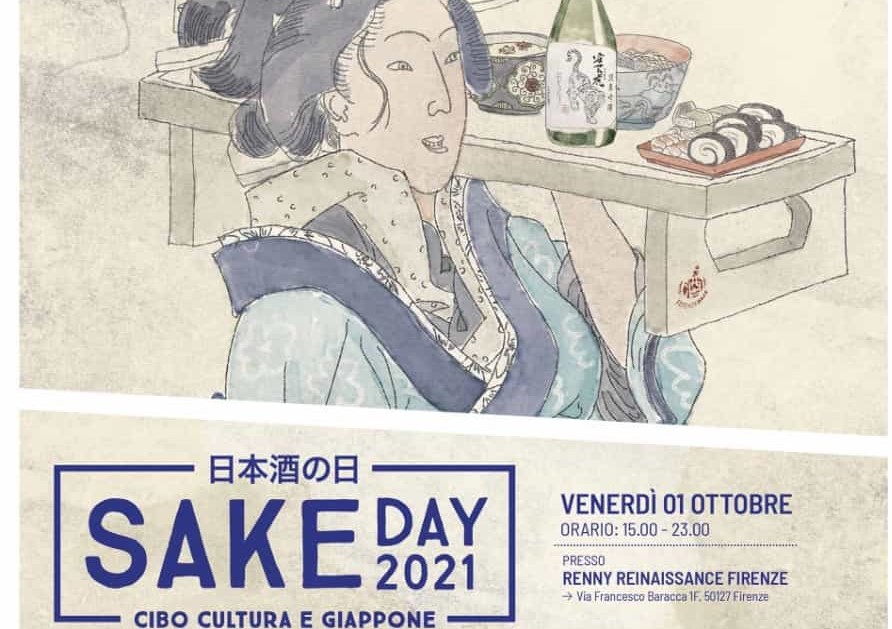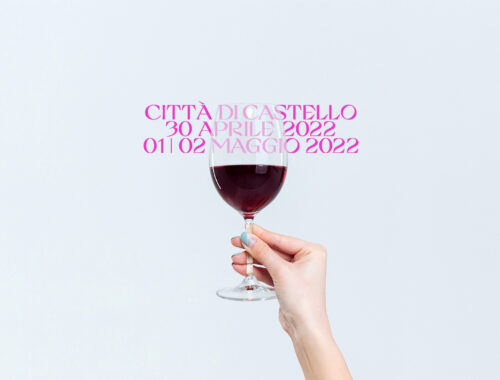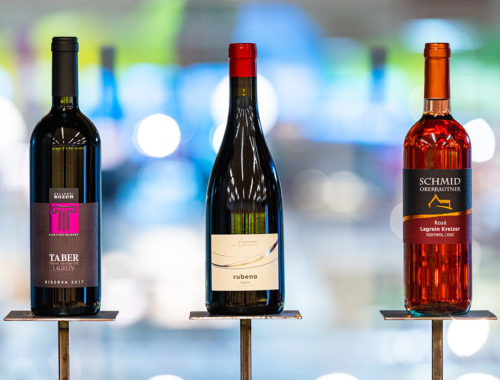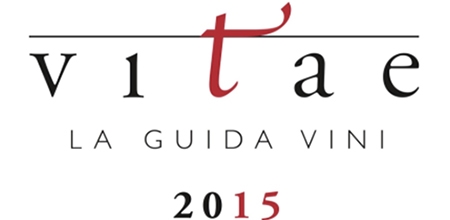The sake day is held in Japan on October 1st and this year Giovanni Baldini, owner of Firenze Sake and then importer of artisanal sake in Italy, director of Sake News and founder of the Italian Sake School, has well thought of organizing it in Italy as well. A day entirely dedicated to Japanese culture: from calligraphy to the tea ceremony, from regional foods to sake. A delightful appointment that undoubtedly opens a new season with new winds in favor of the increasingly full approval of a product, sake, and, in general, of a culture of extreme charm.
With the support of the most important Japanese Associations in Italy and in Tuscany, the “Italian” Sake Day 2021 was held in Florence last Friday at the Renny Renaissance Firenze. After a series of high-profile activities, a short conference on Sake and the Mediterranean Diet was held as well as a Sake tasting held by Gaetano Cataldo, the sake sommelier I have recently interviewed (here).
Here is their position.
Giovanni, where are we with the spread of Japanese sake culture in Italy?
We are well under way, but there is still a lot of work to be done. To understand the sake phenomenon, we need to take a European perspective. Indeed, I would say that the knowledge of sake is relegated to some important European capitals and to those – few – Italian cities with a more open vision such as Milan. If it is true that sake has developed a rapid progression in sales in the last decade, it is equally true that if we look at the first moment in which the knowledge of sake was promoted in Europe in modern times, from the 80s, we can say that sake has had a slow and sometimes syncopated progress, yet constant. We have gradually moved towards a global world that leads to greater freedom of choice of products that were previously not so widely available in our markets. Furthermore, sake has been appropriately supported by an increasingly recurring promotional activity by the Japanese government. In fact, it must be recognized that the quality of today’s sake is a further novelty. The advent in cellars of increasingly precise modern equipment has had a surprising effect combined with the expertise acquired over centuries of sake production. There has been a renewed sensitivity on the part of sake producers to diversify productions, to understand the tastes of their consumers, to refine their sake and thus make them contemporary.
What’s more, in the last ten years Japan has been one of the countries that has best attracted the international tourist flow. I could mention other experiences that have promoted Japan and sake to be appreciated in Italy: do you remember that Japanese pavilion was one of the most visited at 2015 Milan Expo? And do you remember the Japanese sake barrels that were displayed in the front?
That said, there is still room for sake development in Europe and – consequently – in Italy.
Gaetano, which are, in your opinion, the traits of sake that could conquer us in Italy, and what about the resistances?
I believe that sake has already conquered Italy, even if only in a few regions and even fewer specialized restaurants throughout the territory. We have achieved the extraordinary result of being the first importers in Europe and this above all thanks to four factors: the consensus obtained at the 2015 Milan Expo, the fascination that Japanese culture exerts on us, the increase in sushi restaurants and, naturally, the vocation of the Mediterranean Diet to marry with the fermented rice and koji.
The negative gap, the resistances therefore, consist of some incorrect opinions and info widespread by not very serious operators, the sale of poor-quality products in restaurants often not run by Japanese or in any case not by high-profile entrepreneurs and finally for the following reason: there is a lack of qualified personnel who know how to spread culture and knowledge of production techniques, the description of the different styles also to suggest to best food pairings. In short, we need more sake sommeliers, specialized bartenders and chefs who know how to recreate that “sake oriented” appeal in their dishes.
On the other hand, it is good to underline that the consumers are more and more informed and curious to discover more about sake, as noted by the increasing flow of readers of Sake News, a sign for a bright future for “drinking Japanese” in Italy.











